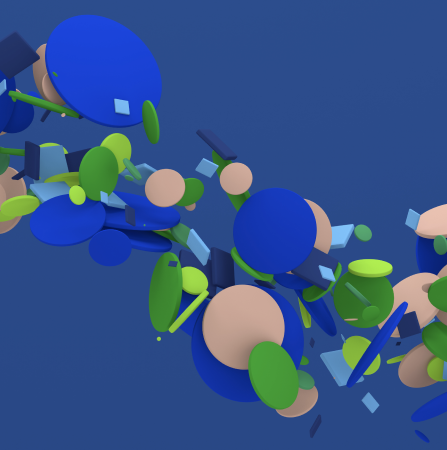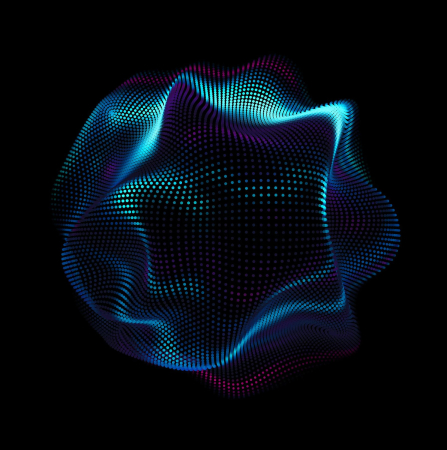What does MVP mean?
The MVP is precisely what it says on a label: a product that has just the key functionalities to fix customers’ main problems. This solution has the potential to assist in validating an innovative suggestion for any product. But more than that, it will get you a few things straight: MVP will outline which features should be implemented in your product for its ultimate success.
If you want to attract early adopters, study users’ first impressions, and reduce financial risks — building the MVP is a great idea. Yet, don’t take it as the shortest way to save funds on launching a startup. The grounds of MVP is to test the startup idea and its prospective being useful for your TA(target audience). Some owners avoid this basic step and depend upon good fortune. That’s a big mistake which can cost you extra money. Smarter ones rely on less risky solutions and develop an MVP before entering the market, for example, as Foursquare or Dropbox did.
Yeah, these colossal apps were also started as MVPs. Thus, in 2009 presently complex city guide Foursquare was launched as a single-feature app – with location-based check-in function. When its management were satisfied with the users’ feedback, they gradually began to add additional features, such as recommendations and city guides. The company has today announced its plan to merge with Factual. As of 2019, the service united about 50 million people who have checked in 8 billion times.
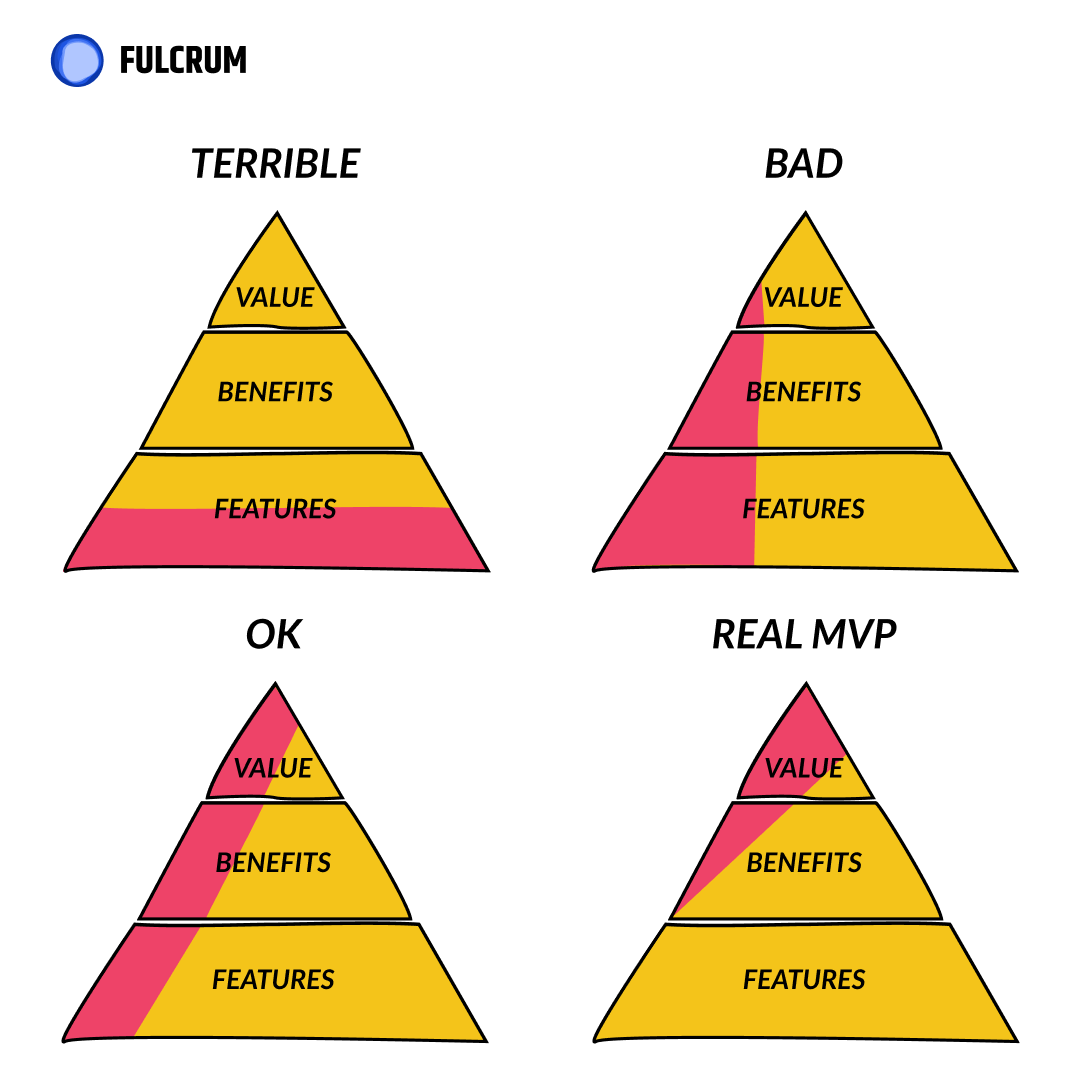
Why to build MVP?
The value of building MVP is as simple and fundamental as the product itself. It can help you both snag the interest of potential customers and prevent substantial financial loss. Before figuring out how to build a minimum viable product, let’s explore key MVP benefits.
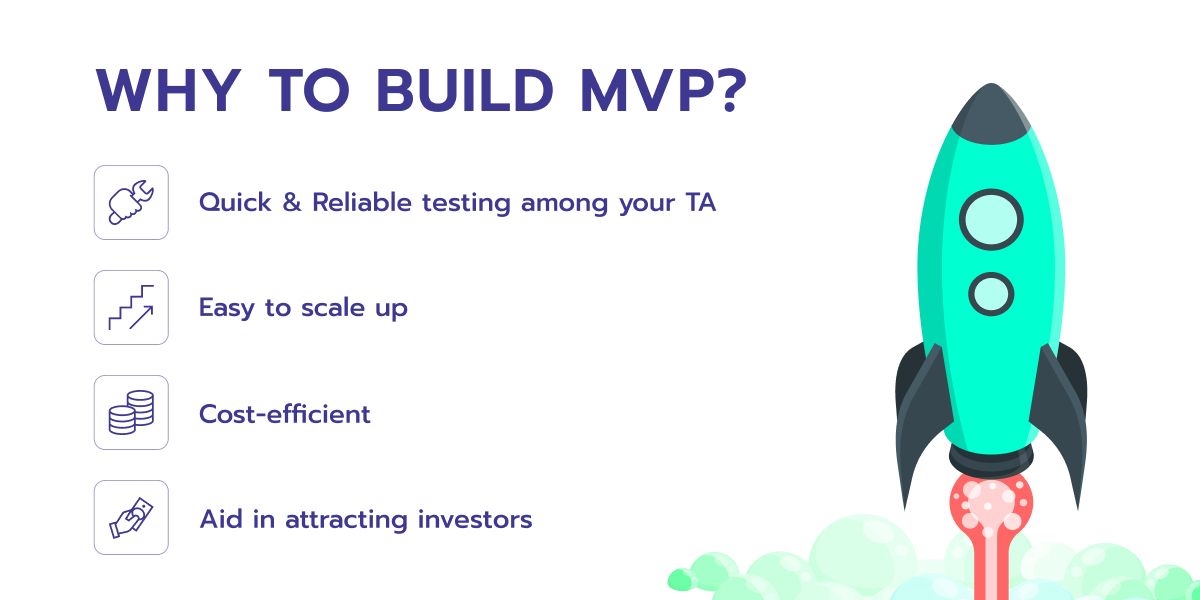
Comprehensive TA Research
It offers a clear benefit for POs to obtain market feedback without full-size development. If the MVP doesn’t attract interested users, you have a chance to reconsider the overall conception and make all necessary changes. How to test MVP? Once you have finished your MVP development, see how users react in real life, conduct surveys among them, and immediately begin to implement some new useful features.
Scalability
Another advantage of MVPs is their scalability. After a prototype is released, developers can, if necessary, add new tools gradually. What’s more, during the release, there usually not so many critical or medium bugs on the devices, chosen at the setup stage. Besides, the risk to rework something is not that big.
Cost Efficiency
MVP helps to avoid wasting resources on ideas that may not work. Since you don’t try to squeeze in all the features you would like to see in your final mobile app or other product into the MVP, you spend less time developing, and as a result, save your budget. Just compare: whereas full-size development may cost you in range of $30,000-$100,000, you can build MVP for around $25,000-30,000 and go test your product.
Attracting Investors
Some entrepreneurs rely on investors to fill in necessary capital on a project. MVP service allows POs to test their business ideas before going to capital providers. Besides, it can be quite useful in getting new investing rounds. That’s because MVP is a completely functioning product that can be shown to investors as a physical prototype.
Real-life case:
Have you heard Pebble story? It is one of the first smartwatches in the world. When the team ran out of investor money, the founder turned to Kickstarter and launched the most successful campaign in the platform’s history. A Pebble team made an MVP and asked all interested to help with finishing it. The declared amount ($100,000) was collected by the project team in two hours, and by the end of the week, there was already $600,000 on the account. By the end of the campaign, more than 60,000 people had invested $10.2 million in the project. Soon, the final version of Pebble saw the world.
How does MVP help to innovate?
Do you know what highly profitable apps like Spotify and Instagram share in common? Both of them were built as MVPs and only later added significant user value, growing into the colossal innovators they are today. Right now entrepreneurs are trying to figure out what is MVP in business and how to innovate with it.
When we talk about the overall value of some app — an innovation level is a highly important element. One of the most crucial things in a successful MVP innovation — is to test assumptions as often and rapidly as possible. In our development world, that’s called getting to a minimum viable product.
So, that’s what MVP for – to check your idea and give you facts and numbers based on real user feedback. You can predict, analyze and make hundreds of assumtions about your product’s success, but no one can guarantee that you’re having it all right. Only real users can. They may accept your product, criticize it or even give you some useful insights about new functionality. Rapid change and improvements is what creates innovation.
It’s crucial to understand that today your idea may be innovative but after 1-year long full-size development, it can be of no use on the market. The modern world dictates new model or what we call MVP improvement cycle: rapid development – user testing – continuous improvement.
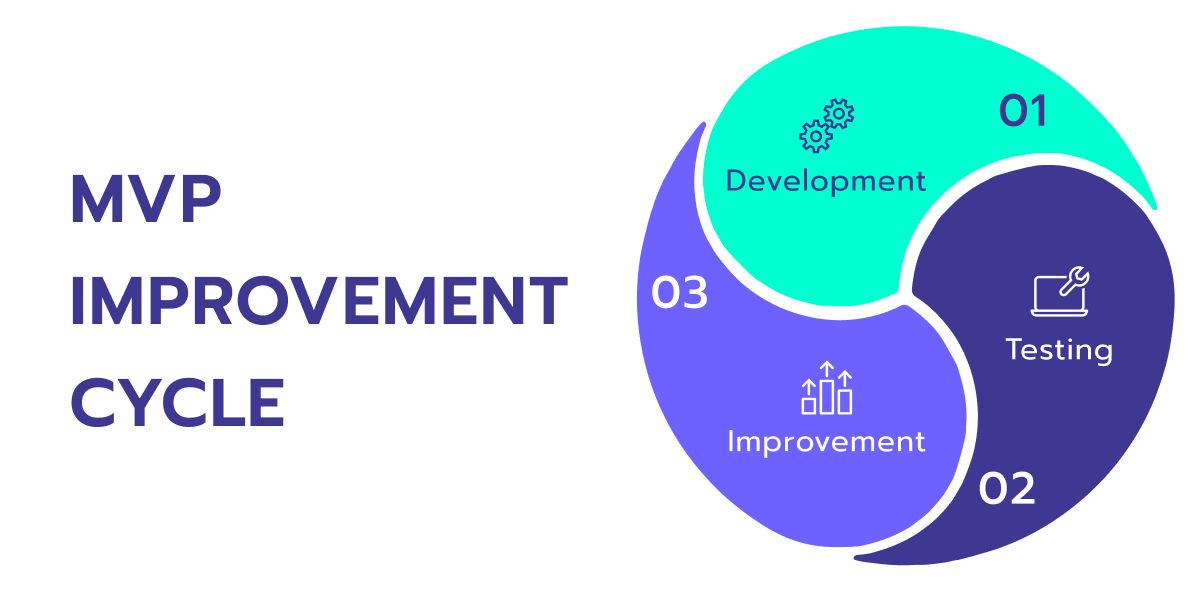
Quite frequently, people even don’t know what they want from an innovative solution until they are presented with the main idea. That is why it is hard to validate a product without the MVP. Unfortunately, many entrepreneurs have released their products only to find out that people unneeded them. Consequently, lots of resources were spent on nothing.
MVP is all about saving all resources, like money and time, which are required to check some business idea. Determine the simplest MVP type you can get your feedback on and stick with it. And while someone spends years developing, trends will change relentlessly. So you have the unique opportunity to plan relevant right now! In this regard, the MVP is a much more profitable and innovative thing.
How to Build a Minimum Viable Product
MVP development, as well as any full-size development, may be divided into 3 main stages: Discovery, Design and Development. Let’s get a look at each of them.
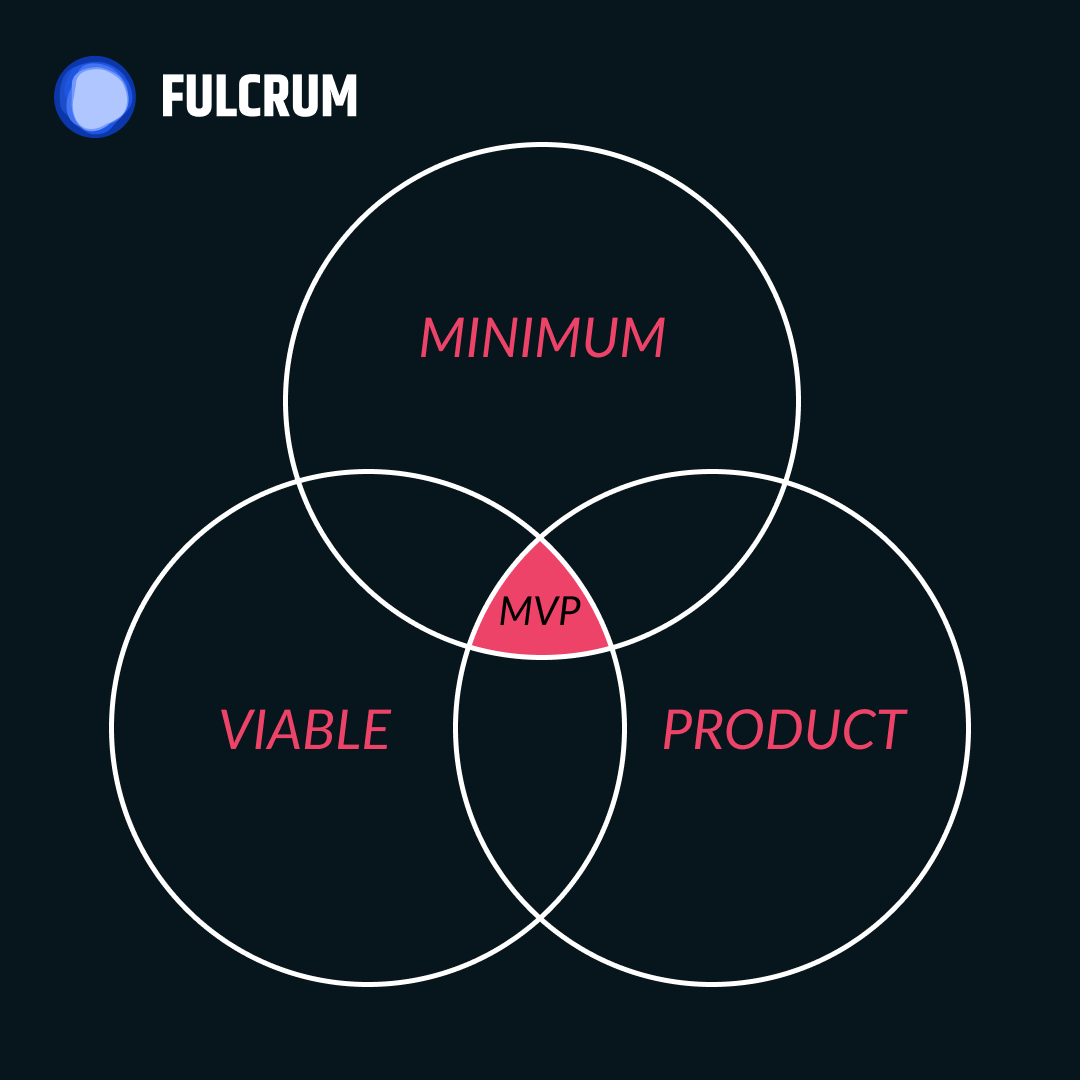
Discovery Stage
It’s a big (and sometimes painful) mistake to underestimate meaning of this stage for your product. Proper discovery is the foundation of your success. At this stage, you have to:
- define & analyze your business needs
- understand product’s objectives
- perform deep & relevant competitors analysis
- identify your user personas
- plan and develop your product’s monetization model
Although it may seem as 1-day work, it’s truly not. A slight mistake or lack of knowledge at this stage may lead to a catastrophe. That’s why, you need a team of professionals, including an experienced BA, to help you with performing a comprehensive discovery.
During discovery, it’s also crucial to outline possible risks and challenges of the project. Both general and technical ones. Finally, your development team need to evaluate available platforms, tools, technologies to choose the most suited ones for your product.
Design
After the discovery stage is finished, it’s time to proceed to mockups and blueprints of your product. Here’re are some basic steps your development team should do during the design phase:
- identify the use cases and feature flow. In simple words – outline functionality your app/platform will have. The UF (user flow) helps to see whether all processes in the product have a logical end. Besides, it can be nonlinear as well — there are decision paths, points, and modes, demonstrating all possible interactions with your product. The main task of the scripts is to show the process of working with the product.
- prepare the wireframes of the product. Wireframes are the blueprints that outline the structure of an app, website or software. These are the documents which describe each feature in detail including which information will be displayed, where and how various buttons are placed, use scenarios etc.
- prepare UI design. Logically, the design stage should include design work, too. So, at this stage, the basic UI design of your product is prepared and it’s ready to be developed.
Functional Specification Document
It’s not a stage, but rather a key document/material/milestone (call it as you wish) for your development. Functional Specification Document – is a document that details the use cases, prototype findings, technology decisions and high-level architecture. With the FSP, your team can now prepare implementation roadmap (you can use Gannt Chart for it), project’s milestones and planning.
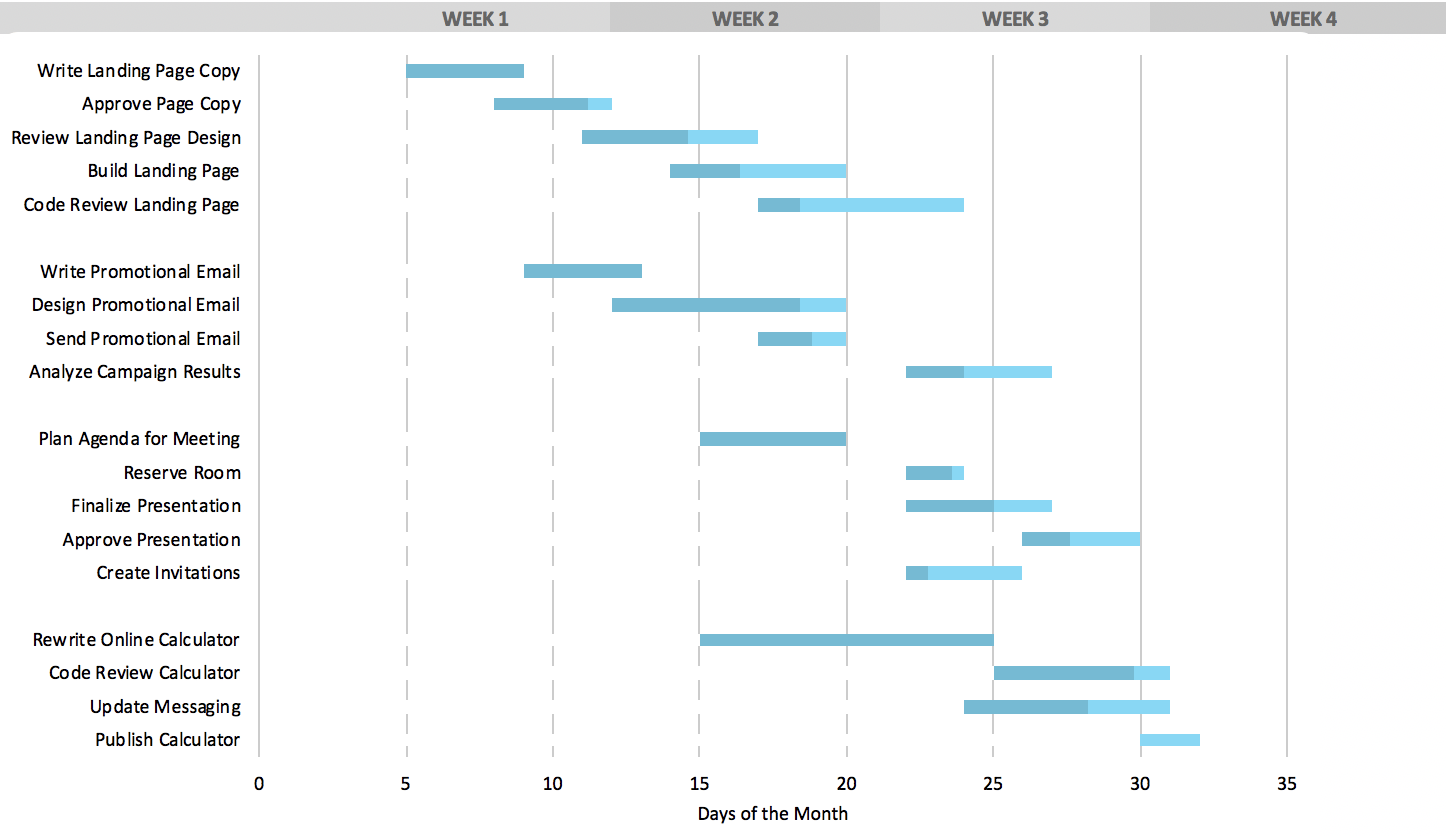

Development
We’ve got to the most vital part — product development. For the fixed price, the client receives basic functionality, necessary to validate and launch all hypotheses. How is this process set? We can’t talk for all the development companies, so are going to outline this process from the perspective of how we’re doing it at Fulcrum.
Everything starts with the development environment setup. After setup, the team develops builds with intermediate milestones & tests them accordingly. It’s also crucial to have intermediate releases to receive some valuable feedback from the stakeholders.
Testing. No development is final without proper testing. To make sure that your MVP will function properly, functional, integration and usability testing is performed.
Boom! You’ve come to release. How to test MVP? Go and test your product with real users. Validate your assumtions, analyze the feedback and implement new features to increase your audience.
MVP Examples
Since we manage to illustrate and understand what is MVP now it is time to see some examples.
It is one of the most known brands in the world. And it started as MVP. The main idea of MVP Facebook was to connect students together via their college or class and let them post messages to their boards. It is a good example of MVP because at that time there were similar projects, yet Facebook became the most popular. It was so easy to use Facebook and track people you know that soon enough it became the most popular social network in the whole world.
Airbnb
The story of Airbnb started thanks to one design conference in San Francisco. Brian Chesky and Joe Gebbia had problems with renting their apartments. They decided to provide accommodation to visitors of the design conference. Soon they realized the potential of short-term accommodation and create Airbnb.
At first, Twitter was an internal tool for Odeo employees and was something like an SMS-style microblog platform. It had to improve cooperation between employees. Yet, after some time developers understood that Twitter deserves to be an independent product. Even now Twitter is one of the most known social media. By the way, it was called “twttr” initially.
Pebble
The story of Pebble MVP started on a Kickstarter. And since there was no Pebble e-paper watch prototype at the time of registration on Kickstarter we can say that the presentation video was an MVP. Pebble managed to gather $10,000,000. And that was the biggest budget anyone raised on Kickstarter. Unfortunately, the project bankrupt, yet now we know that video can be MVP too.
MVP product at Fulcrum
So, we’ve come to the most interesting part: hоw to build a minimum viаble prоduct in real life? For ultimate success, you should focus not only on the discovery, development, and release stages, but also on choosing the right and experienced team of developers.
Having launched dozens of successful products, we at Fulcrum have the needed expertise to start yours. Our cross-functional team will be dedicated to the project and will closely cooperate with you to provide the app’s release as promptly as possible. The results of such teamwork will be a strong MVP with solid prospects.
If you are interested in learning more about all processes — just contact us! Together, we’ll turn your hypothesis into a profitable project!

FAQ: How to build a minimum viable product
-
What is the Meaning of MVP?An MVP is a minimum viable product. In general, MVP is aimed at collecting feedback and forming ideas about whether users need a product at all. First users can share their vision of functionality, which will allow developers to make product adjustments and plan future updates based on user preference data.
-
How to Build a Minimum Viable Product?Step 1. The first thing to do is to define the goal of the product. Step 2. Identify the features of your product. This will increase the chances of success and give it a special flavor. Step 3. Define your target audience and narrow it down. (Meeting the needs of a wider audience is the wrong decision. Increase your chances of success choose a specific audience.) Step 4.Identify your competitors. Analyze the top three market players. Step 5. Identify the strengths and weaknesses of your competitors. With this, you can understand what will make your product unique in the market and what it lacks to become one. Step 6. Do a SWOT analysis. Identify your strengths, weaknesses, opportunities, and threats. Focus on strengths, identify, and minimize weaknesses. Step 7.Define User flow the path that the user goes through when interacting with the product. It should be logical and understandable. Requirements for content and website/application design should be based on the needs and desires of the customers. Step 8. Create a user base. Step 9. Consider customer feedback. Step 10. Improve the quality of the service and product regularly. If you've collected enough feedback, you can update the product, then test it again and get feedback.
-
What Is the Difference Between MVP, MLP and MMP?MVP is a minimally viable product or a product with minimal functionality to "cover" the user's needs. MMP (Minimal Marketable Product ) is a product that does not just "cover" the user's minimum needs, but for which this very user is already ready to pay. It has something that the free version or the competitors doesn't have. MLP or Minimally Attractive Product is similar to MVP, but with a more thoughtful user interface and user experience. Not only helps to solve problems, but it also brings pleasure.
